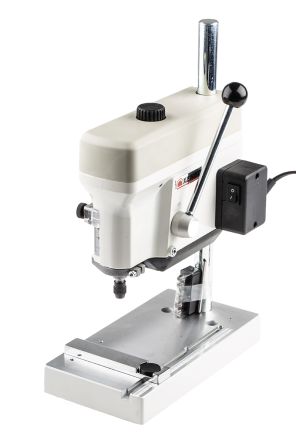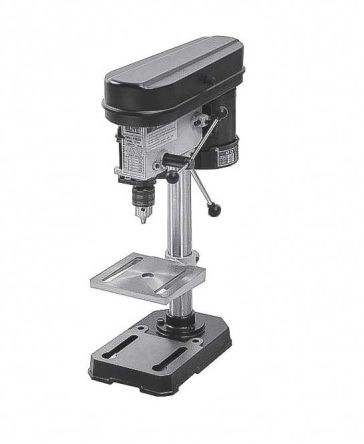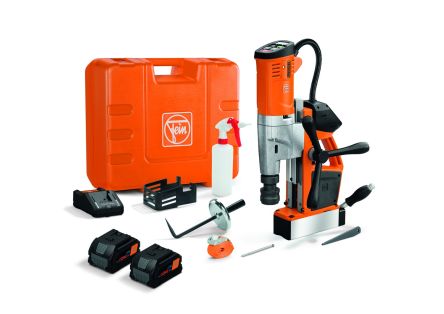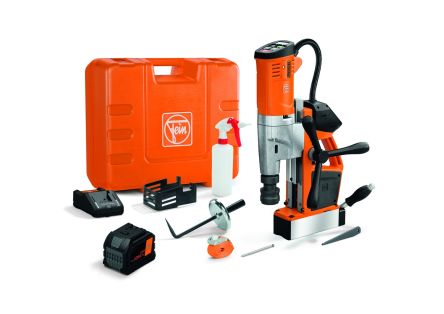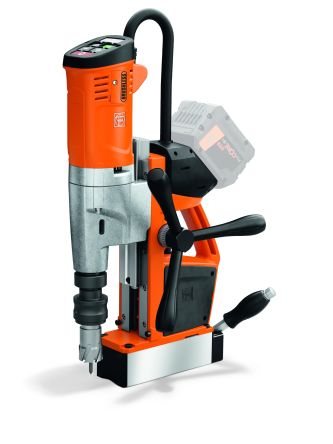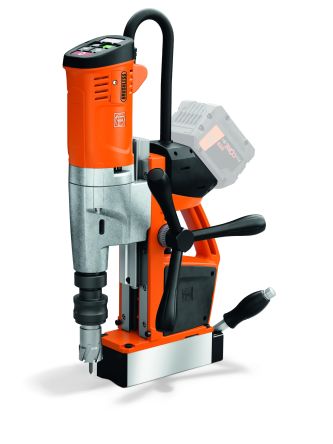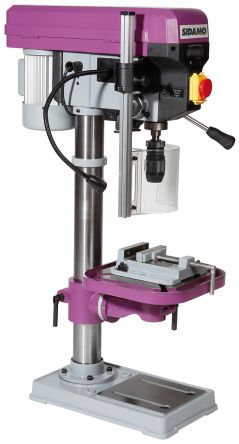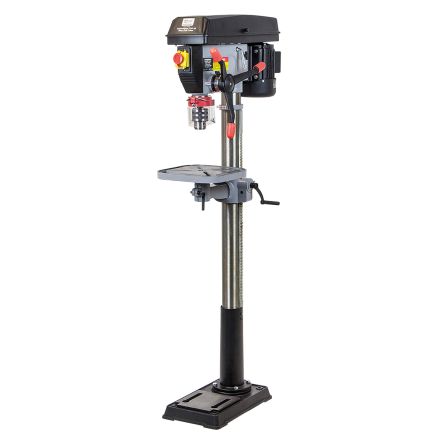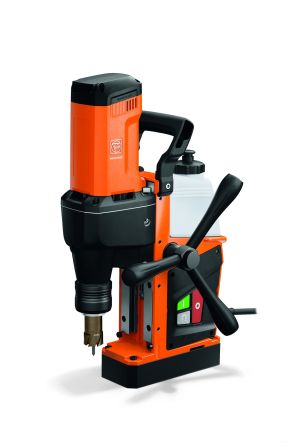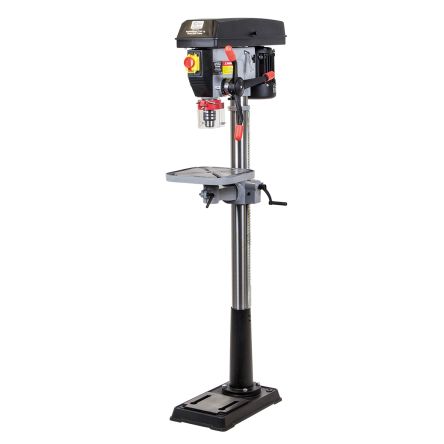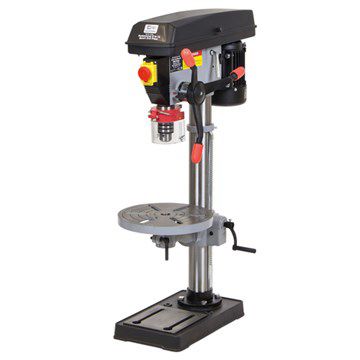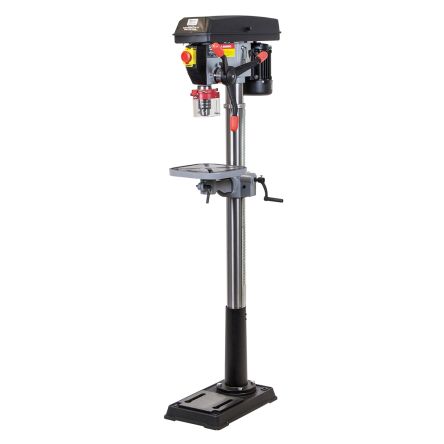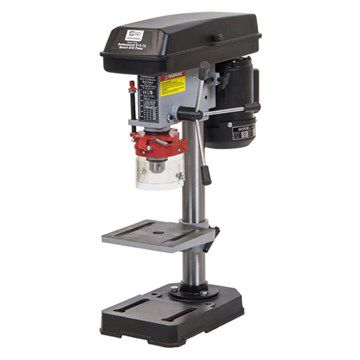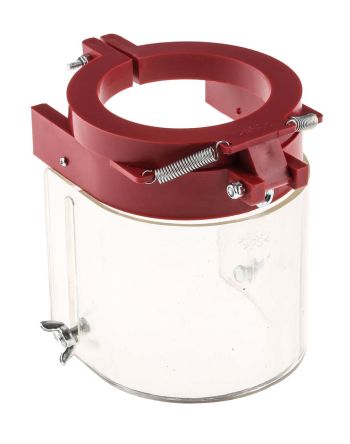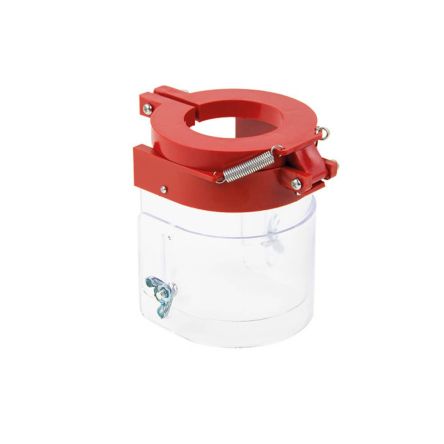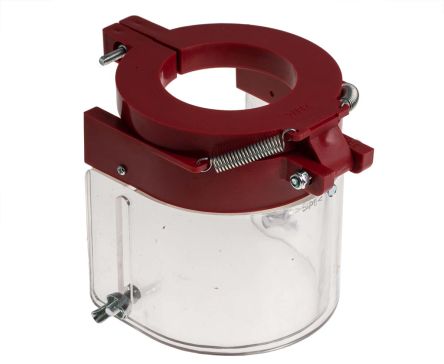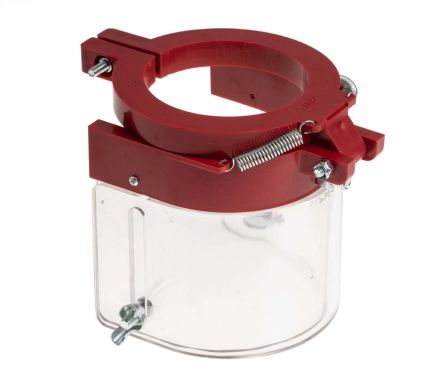- Automation & Control Gear
- Cables & Wires
- Enclosures & Server Racks
- Fuses & Circuit Breakers
- HVAC, Fans & Thermal Management
- Lighting
- Relays & Signal Conditioning
- Switches
- Batteries & Chargers
- Connectors
- Displays & Optoelectronics
- ESD Control, Cleanroom & PCB Prototyping
- Passive Components
- Power Supplies & Transformers
- Raspberry Pi, Arduino, ROCK, STEM Education & Development Tools
- Semiconductors
Pillar Drills & Bench Drills
Pillar drills and bench drills perform the same function, providing the ability to perform the accurate drilling of holes dead square to the horizontal plane at a higher standard than a handheld tool, but differ in height and applications. A bench drill, as the name suggests, is mounted onto the bench and bolted into place to ensure its stability. A pillar drill, on the other hand, is often free-standing but much taller, allowing it to be used on larger pieces of material and produce larger holes. The smaller footprint of bench and pillar drills makes them ideal for workshops where space is limited.
The wide variety of available drill bits means these tools can be used to create holes with a wide range of different diameters. They can also be used for more than drilling holes, with attachments available to cut mortises or even become an effective sanding machine when a drum sander is used in the chuck. A chuck guard is installed to protect the user from getting close to the drill bit during use.
What are pillar & bench drills used for?
Pillar & bench drills are used to create holes in a wide range of materials, from woods and plastics to metals. They can also be used for a variety of other purposes, such as creating the mortise hollow for a mortise and tenon joint in woodworking. Their application can be altered depending on the chosen drill bit used on the machine.
